Nguyen Lu Dang Khoa
Energy consumption forecasting using a stacked nonparametric Bayesian approach
Nov 11, 2020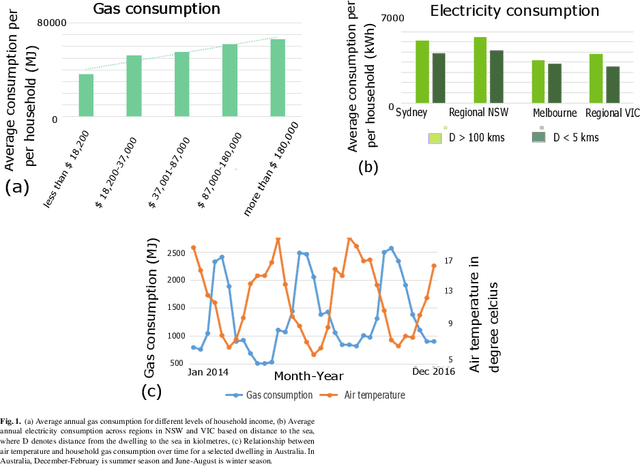

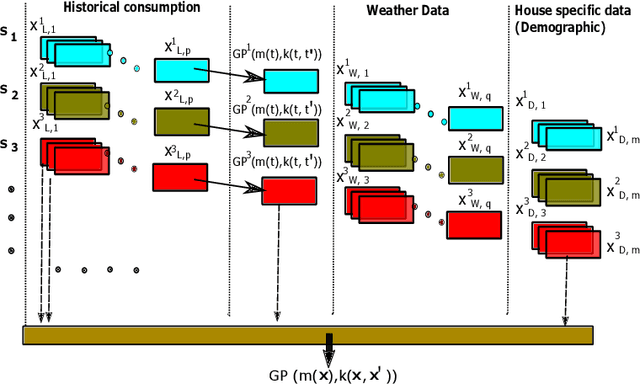
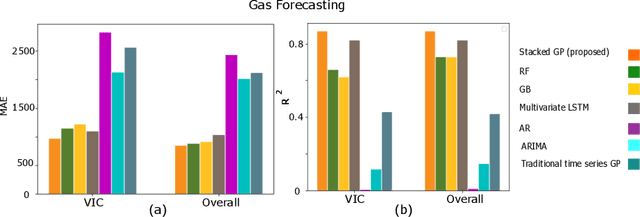
Abstract:In this paper, the process of forecasting household energy consumption is studied within the framework of the nonparametric Gaussian Process (GP), using multiple short time series data. As we begin to use smart meter data to paint a clearer picture of residential electricity use, it becomes increasingly apparent that we must also construct a detailed picture and understanding of consumer's complex relationship with gas consumption. Both electricity and gas consumption patterns are highly dependent on various factors, and the intricate interplay of these factors is sophisticated. Moreover, since typical gas consumption data is low granularity with very few time points, naive application of conventional time-series forecasting techniques can lead to severe over-fitting. Given these considerations, we construct a stacked GP method where the predictive posteriors of each GP applied to each task are used in the prior and likelihood of the next level GP. We apply our model to a real-world dataset to forecast energy consumption in Australian households across several states. We compare intuitively appealing results against other commonly used machine learning techniques. Overall, the results indicate that the proposed stacked GP model outperforms other forecasting techniques that we tested, especially when we have a multiple short time-series instances.
Deep Conversational Recommender Systems: A New Frontier for Goal-Oriented Dialogue Systems
Apr 28, 2020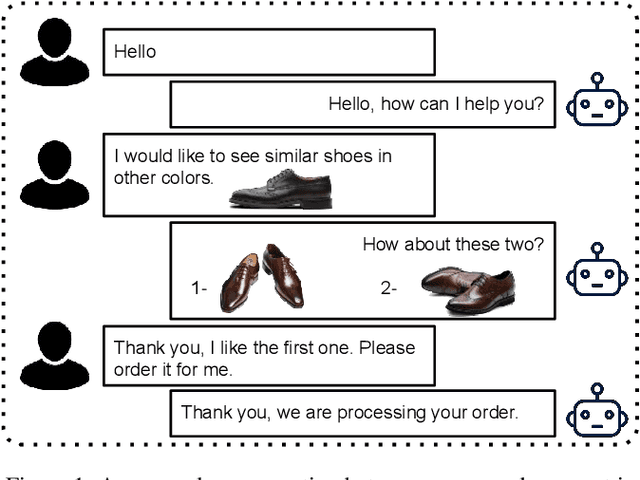
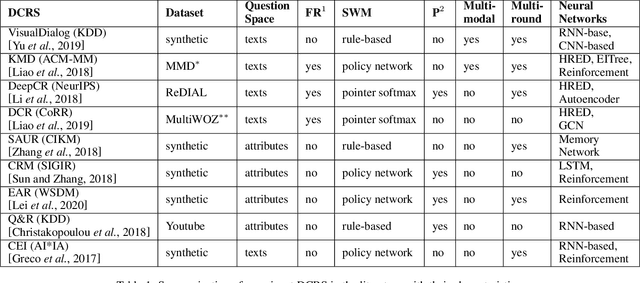
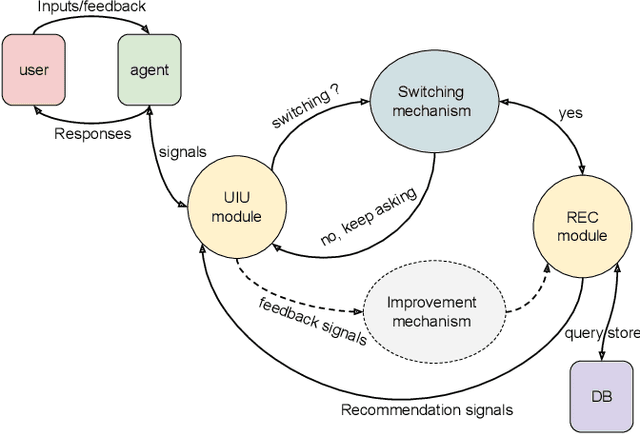
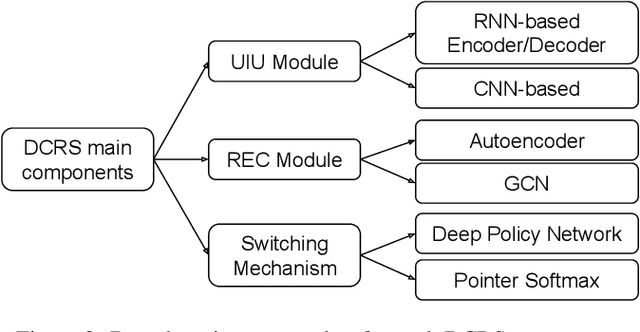
Abstract:In recent years, the emerging topics of recommender systems that take advantage of natural language processing techniques have attracted much attention, and one of their applications is the Conversational Recommender System (CRS). Unlike traditional recommender systems with content-based and collaborative filtering approaches, CRS learns and models user's preferences through interactive dialogue conversations. In this work, we provide a summarization of the recent evolution of CRS, where deep learning approaches are applied to CRS and have produced fruitful results. We first analyze the research problems and present key challenges in the development of Deep Conversational Recommender Systems (DCRS), then present the current state of the field taken from the most recent researches, including the most common deep learning models that benefit DCRS. Finally, we discuss future directions for this vibrant area.
Deep Autoencoder for Recommender Systems: Parameter Influence Analysis
Dec 25, 2018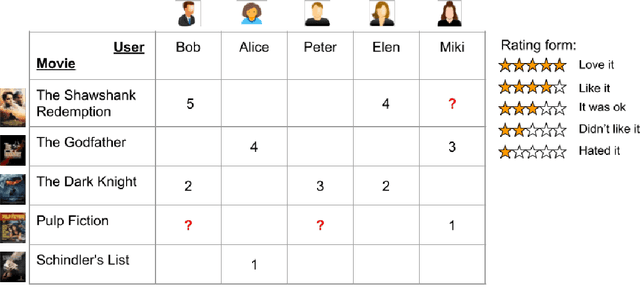
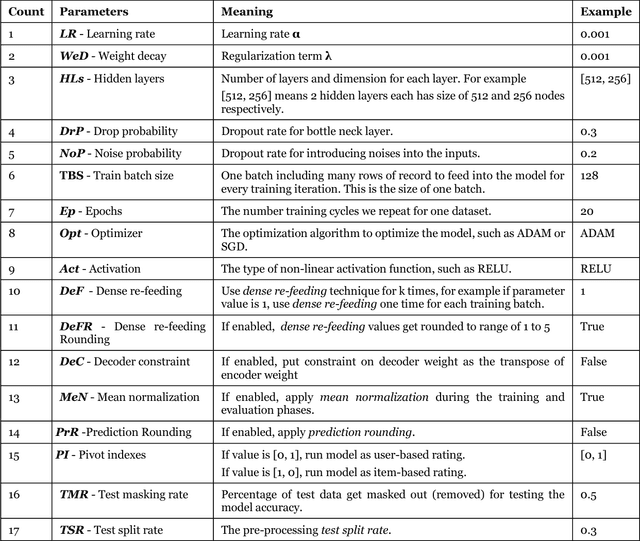
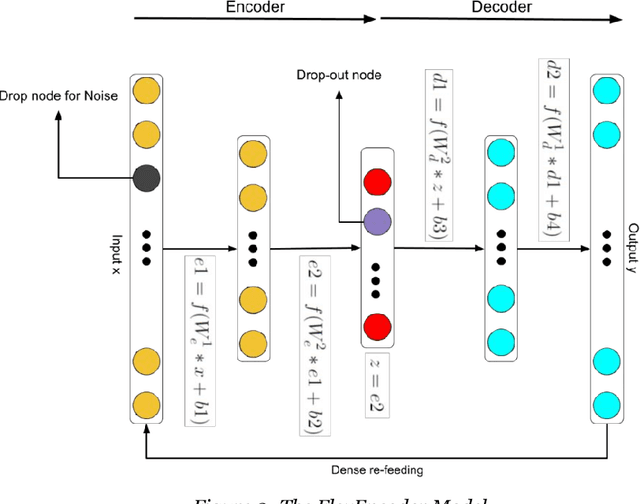
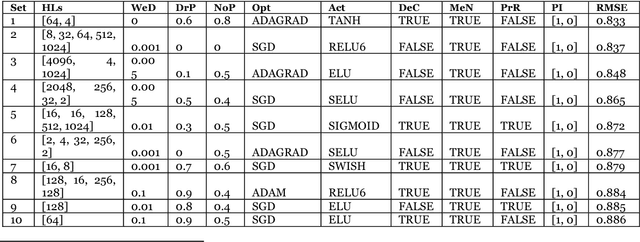
Abstract:Recommender systems have recently attracted many researchers in the deep learning community. The state-of-the-art deep neural network models used in recommender systems are typically multilayer perceptron and deep Autoencoder (DAE), among which DAE usually shows better performance due to its superior capability to reconstruct the inputs. However, we found existing DAE recommendation systems that have similar implementations on similar datasets result in vastly different parameter settings. In this work, we have built a flexible DAE model, named FlexEncoder that uses configurable parameters and unique features to analyse the parameter influences on the prediction accuracy of recommender systems. This will help us identify the best-performance parameters given a dataset. Extensive evaluation on the MovieLens datasets are conducted, which drives our conclusions on the influences of DAE parameters. Specifically, we find that DAE parameters strongly affect the prediction accuracy of the recommender systems, and the effect is transferable to similar datasets in a larger size. We open our code to public which could benefit both new users for DAE -- they can quickly understand how DAE works for recommendation systems, and experienced DAE users -- it easier for them to tune the parameters on different datasets.
A Tensor-based Structural Health Monitoring Approach for Aeroservoelastic Systems
Dec 11, 2018

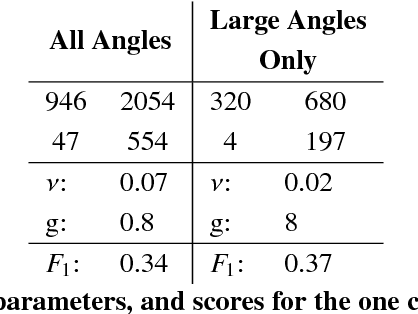
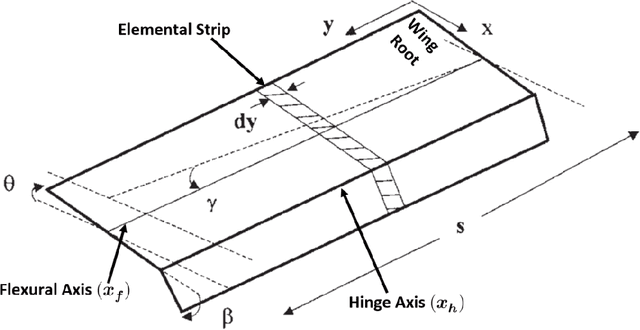
Abstract:Structural health monitoring is a condition-based field of study utilised to monitor infrastructure, via sensing systems. It is therefore used in the field of aerospace engineering to assist in monitoring the health of aerospace structures. A difficulty however is that in structural health monitoring the data input is usually from sensor arrays, which results in data which are highly redundant and correlated, an area in which traditional two-way matrix approaches have had difficulty in deconstructing and interpreting. Newer methods involving tensor analysis allow us to analyse this multi-way structural data in a coherent manner. In our approach, we demonstrate the usefulness of tensor-based learning coupled with for damage detection, on a novel $N$-DoF Lagrangian aeroservoelastic model.
Large Scale Spectral Clustering Using Approximate Commute Time Embedding
Feb 29, 2012

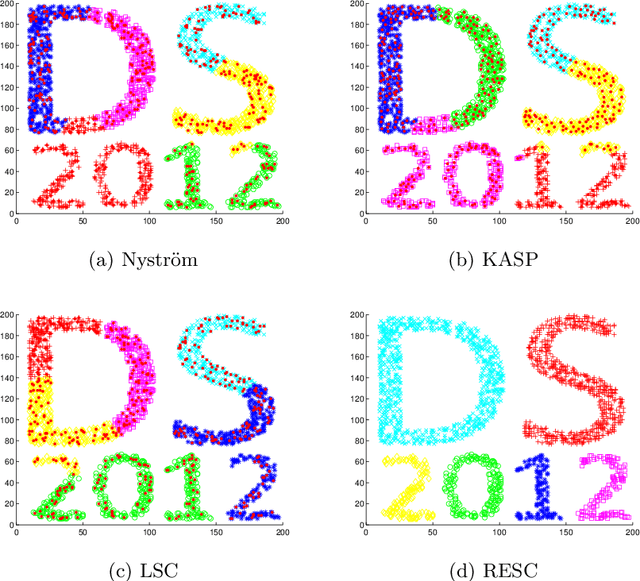

Abstract:Spectral clustering is a novel clustering method which can detect complex shapes of data clusters. However, it requires the eigen decomposition of the graph Laplacian matrix, which is proportion to $O(n^3)$ and thus is not suitable for large scale systems. Recently, many methods have been proposed to accelerate the computational time of spectral clustering. These approximate methods usually involve sampling techniques by which a lot information of the original data may be lost. In this work, we propose a fast and accurate spectral clustering approach using an approximate commute time embedding, which is similar to the spectral embedding. The method does not require using any sampling technique and computing any eigenvector at all. Instead it uses random projection and a linear time solver to find the approximate embedding. The experiments in several synthetic and real datasets show that the proposed approach has better clustering quality and is faster than the state-of-the-art approximate spectral clustering methods.
Online Anomaly Detection Systems Using Incremental Commute Time
Jul 27, 2011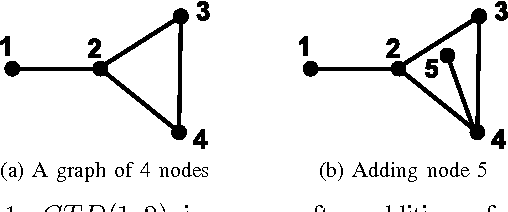

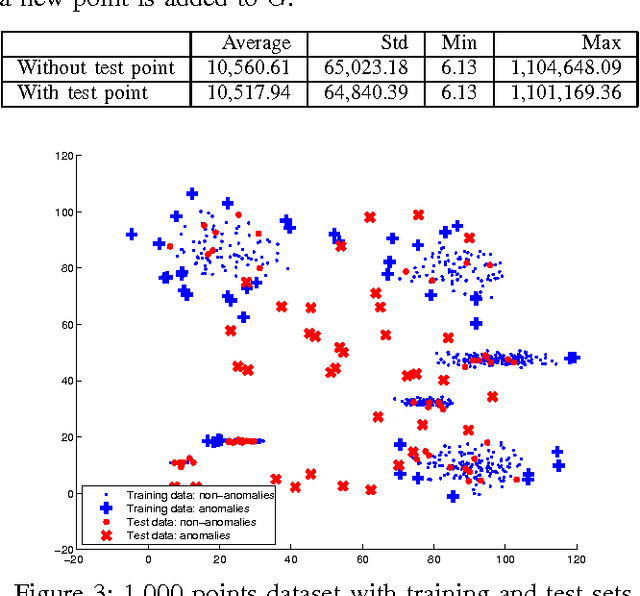
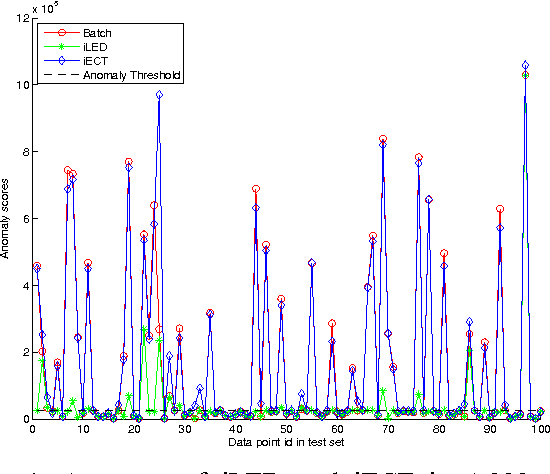
Abstract:Commute Time Distance (CTD) is a random walk based metric on graphs. CTD has found widespread applications in many domains including personalized search, collaborative filtering and making search engines robust against manipulation. Our interest is inspired by the use of CTD as a metric for anomaly detection. It has been shown that CTD can be used to simultaneously identify both global and local anomalies. Here we propose an accurate and efficient approximation for computing the CTD in an incremental fashion in order to facilitate real-time applications. An online anomaly detection algorithm is designed where the CTD of each new arriving data point to any point in the current graph can be estimated in constant time ensuring a real-time response. Moreover, the proposed approach can also be applied in many other applications that utilize commute time distance.
 Add to Chrome
Add to Chrome Add to Firefox
Add to Firefox Add to Edge
Add to Edge